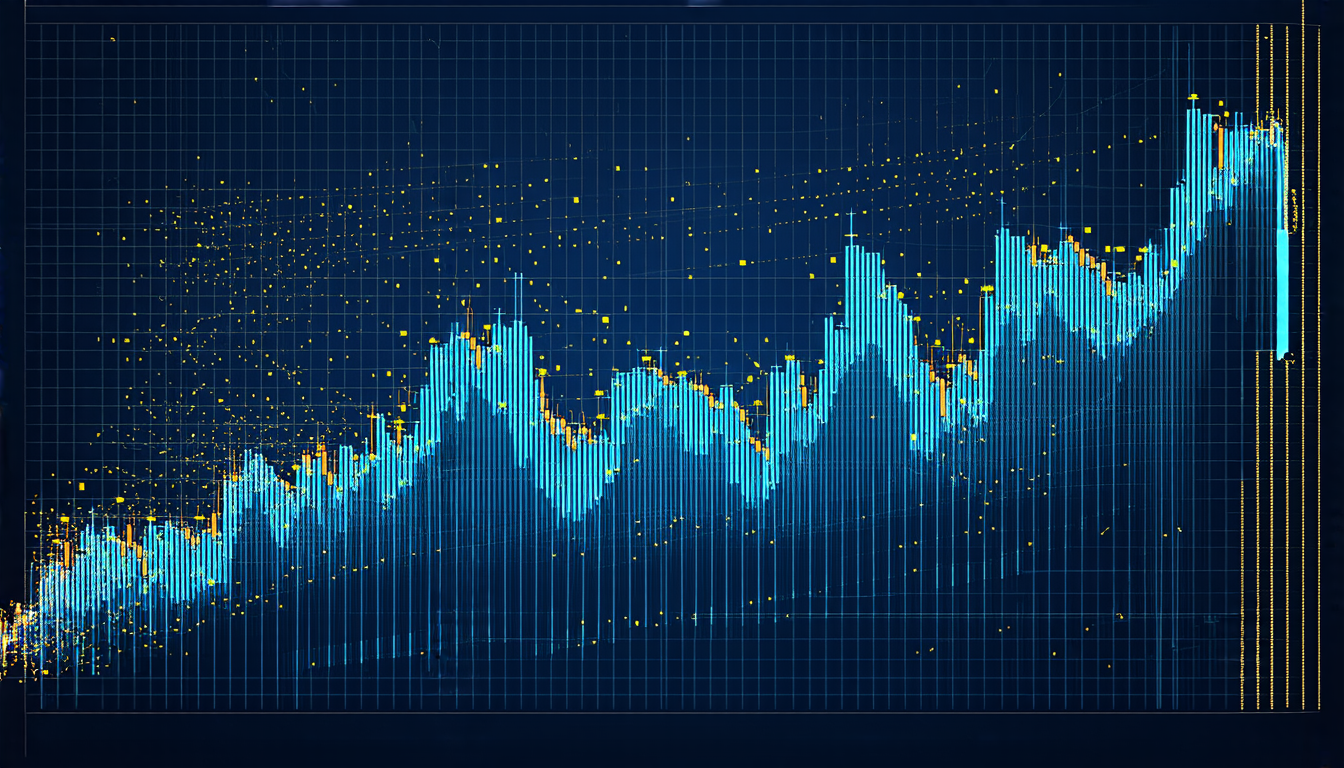Saturday 05 April 2025
The complex dynamics of financial markets have long been a subject of fascination and frustration for economists and traders alike. Despite the numerous attempts to understand and model these systems, they remain shrouded in uncertainty, making predictions and decision-making a precarious affair.
Recent studies have shed new light on the intricate relationships between different types of traders and their effects on market behavior. By analyzing self-response functions and trade sign correlators for pairs of stocks, researchers have uncovered evidence of non-Markovian dynamics at play, where the actions of one trader can influence the decisions of others in a manner that cannot be simply predicted by statistical models.
One key finding is that liquidity-driven effects are responsible for the non-stationarity observed in self-responses over time. This means that the market’s response to incoming orders and trades is not fixed or constant, but rather adapts and evolves in response to changing conditions. The implications of this discovery are significant, as it highlights the importance of considering the complex interplay between different types of traders when trying to understand and predict market behavior.
Another important insight is that expectation-driven effects play a crucial role in shaping cross-responses, which measure the correlation between the trades of two distinct traders. This suggests that traders are not simply reacting to immediate market conditions, but are instead influenced by their expectations of future price movements. This has profound implications for our understanding of market behavior, as it implies that traders are not simply responding to short-term fluctuations, but are actively trying to anticipate and influence longer-term trends.
The analysis also reveals significant variations in the traders’ game over time, with different sectors and stocks exhibiting distinct patterns of behavior. This highlights the importance of considering the unique characteristics and dynamics of each market segment when attempting to understand and predict market behavior.
The findings have important implications for investors, policymakers, and regulators seeking to navigate the complex and ever-changing landscape of financial markets. By better understanding the intricate relationships between different types of traders and their effects on market behavior, it may be possible to develop more effective strategies for risk management, portfolio optimization, and regulatory oversight.
Ultimately, the study’s insights into the non-stationarity and expectation-driven nature of financial markets underscore the importance of adopting a nuanced and multifaceted approach to understanding these complex systems. By acknowledging the intricate interplay between different types of traders and their effects on market behavior, we may be able to develop more effective tools for navigating the uncertainties of the financial world.
Cite this article: “Unraveling the Dynamics of Market Interactions: A Long-Term Study on Cross-Response Functions in Financial Markets”, The Science Archive, 2025.
Financial Markets, Traders, Non-Markovian Dynamics, Self-Response Functions, Trade Sign Correlators, Liquidity-Driven Effects, Expectation-Driven Effects, Cross-Responses, Risk Management, Portfolio Optimization.







